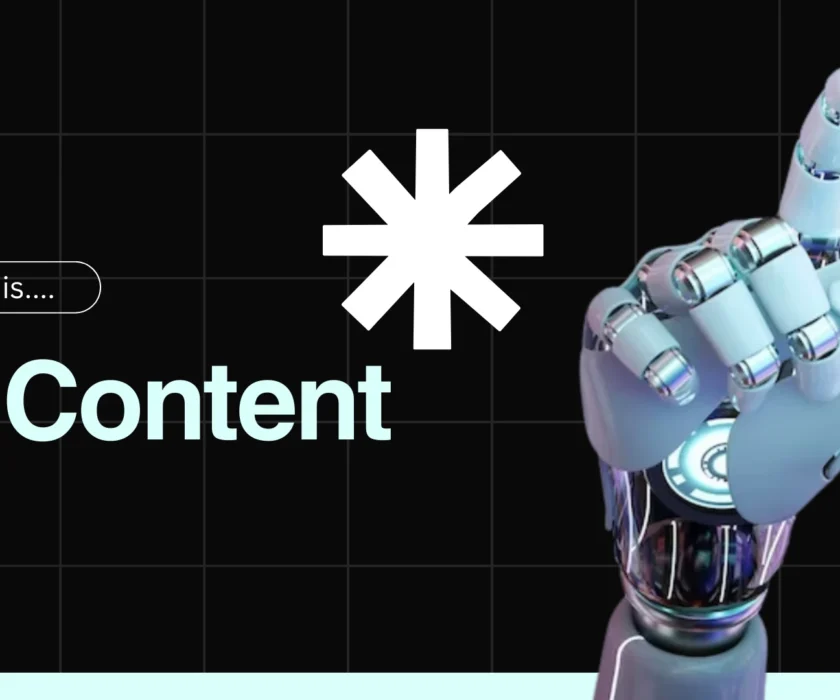You’ve Got 7 Seconds—Maybe
Picture this. A person scrolls past your idea. A blink. A breath. And it’s gone—no second look, click, buzz. The attention span war doesn’t unfold across minutes—it folds in seconds. So the big question: Why do some ideas breeze past resistance and others drop flat without a trace?
Seth Godin answers that in his straight-shooting style—honest, disarming, and disruptive. He doesn’t play into comfort zones. He points out a hard truth. People don’t care about “good” ideas. They care about interesting ones.
The Purple Cow Principle: Why Average Disappears
Imagine driving through farm country. Cows everywhere. You barely glance. But suddenly, there’s a purple one.
You’d slam the brakes. You’d grab your phone. That’s what Godin means by the “Purple Cow.” Ordinary won’t spark curiosity. Unusual wins attention. No one notices if your idea blends in, no matter how well-designed.
Not because people are blind. They’re bored.
Brands spend millions polishing their message when the audience sees another version of something they already skipped. Purple cows—those oddball, unexpected, left-field moments—snap people out of autopilot. They create jolts. And in a world glued to phones and feeds, a jolt feels like gold.

What Do Weirdos Have That Mass Markets Lack?
Godin doesn’t flatter everyone. He celebrates the fringe. The edges. The weirdos.
Why? Because they care more. A Harley-Davidson loyalist doesn’t just ride a bike—he wears the brand, lives the lifestyle, maybe even tattoos the logo. Try doing that with a dishwasher brand. You can’t fake obsession.
Mass markets used to guarantee success. Reach the average person, scale the message, cash the checks. That playbook dried up. Those slightly obsessed communities—the Warby Parker early adopters, the Tesla superfans, the Soap Lake lava lamp crowd—create noise, build stories, and drag others along.
If you find people who already care, they’ll spread the word louder than any marketing spend ever could.
Fear Means You’re Probably On the Right Track
Nothing freezes creative momentum faster than fear.
But here’s the twist Godin tosses: fear doesn’t mean you’re doing something wrong. It means you’re no longer hiding.
Most professionals chase acceptance. They tweak, polish, and sanitize. They ask, “Will this upset someone?” instead of “Will this excite someone?” In that safe middle ground, energy dies.
Bold ideas feel risky because they threaten to isolate. And they often do—at first. But they also invite affinity. Specificity invites allegiance.
Godin’s rule? If your idea feels completely safe, you’ve already lost momentum.

Sliced Bread Didn’t Matter Until Someone Talked About It
Ever heard of Otto Rohwedder? He invented sliced bread.
Nobody cared.
Years later, Wonder Bread turned it into a household phrase—not because the product changed, but because the message did. They wrapped the invention in excitement and context. They turned “pre-sliced” into a convenience story. Suddenly, the public bought in.
The lesson? Invention means little without attention. Marketing isn’t an afterthought—it’s the lifeblood. The world rarely rewards the first. It rewards the first one to matter to a crowd.
Tribes Move Faster Than Ads
Ads yell. Tribes whisper—and then amplify.
Godin leans into tribal dynamics not as a metaphor, but as a mechanism. Tribes gather around shared values, quirks, and rituals. They don’t need campaigns. They pass down stories like folklore. They trust each other more than any marketer.
Instead of chasing impressions, brands gain traction when they help these groups connect, signal identity, or mark membership. Think CrossFit. Think Supreme. Think Burning Man. People don’t just buy products—they signal allegiance.
So the work shifts. You don’t scale messages. You spark movements.
Why You Need to Stop Trying to Reach Everyone
Here’s the trap: broad appeal feels safe. Pitch to the masses, hedge the message, cover your bases.
But here’s what happens: you build a neutral message that nobody feels pulled. It drifts.
Ideas don’t travel because they aim wide. They travel because they dig in. They speak, maybe awkwardly, maybe sharply—but always with spine.
When Godin says, “People like us do things like this,” he’s not offering a slogan. He’s exposing the mechanics of how culture builds around behavior. Brands that whisper that phrase—implicitly or explicitly—create identity cues. And identity moves faster than features or benefits.

Creating Ideas That Feel Like Movements
Movements don’t need permission. They grow when people feel seen, heard, and emboldened.
Your idea needs to feel like a decision. A posture. A flag someone can raise.
That doesn’t come from beautiful logos or viral videos. It comes from clarity. Who is this idea for? What does it challenge? Why would someone feel proud—or rebellious—embracing it?
Godin doesn’t urge brands to yell louder. He nudges them to speak with more certainty. To choose sides. To become something unmistakable in a world flooded with the same.
The Work Isn’t the Idea—It’s the Spread
Godin wraps with a provocation: inventing isn’t rare. Sharing is.
The hardest part isn’t creating something valuable. It’s designed for movement. That means planning for conversation. For sharing. People must feel something visceral enough to talk, link, and repeat.
So the next time a brilliant idea falls flat, the issue might not be the idea. The absence of a signal might tell your tribe, “This belongs to us.”
And if you’ve already found the weirdos, the spread might begin without you.


